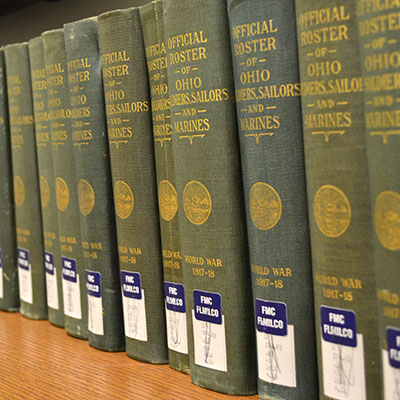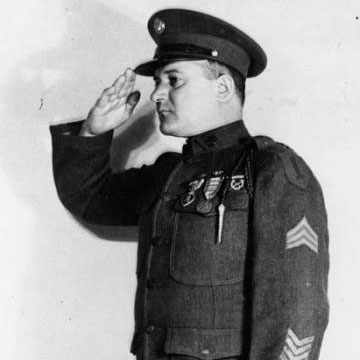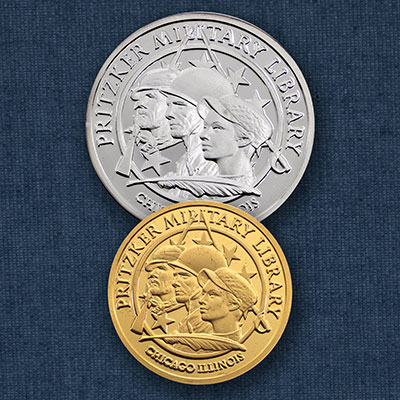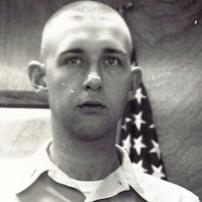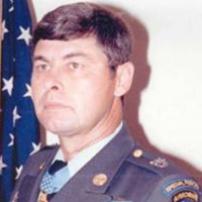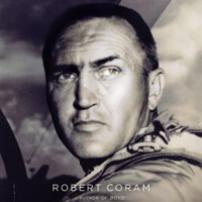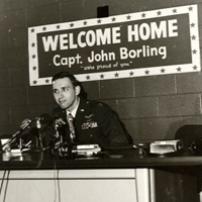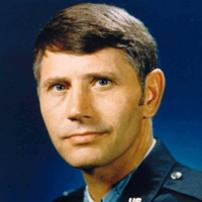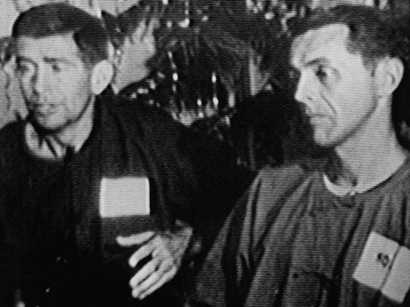
Prisoners of War during Vietnam
Every war has prisoners, yet Vietnam stands out as unique in the American psyche.
Nearly fifty years later, the prisoner of war issue remains a principal part of the American collective memory of the Vietnam War. This may seem strange, given that there are prisoners in every war. American servicemen were imprisoned in large numbers during the Korean War, and many were horribly mistreated and left to die by their captors. Yet the POWs of Vietnam seem to occupy a special place in the narrative and legacy of the war.
Part of the reason why the POW issue remains an enduring part of the Vietnam War has to do with the media. Vietnam was a heavily publicized conflict, much more so than Korea. Newspapers, magazines, television crews all reported from Vietnam, and both news and scenes from the war were quickly broadcast back to the U.S. As such, images of imprisoned American servicemen were widely shown to the public for the first time. Americans at home were confronted with defeated, weary, and terrified airmen paraded around by their captors. American soldiers were used as propaganda pieces and were forced to suffer indignities. Worse still, reports of the horrible conditions and torture that many faced haunted the American people.
Even after the war ended, the potency of the POW issue was not diminished. The POW/MIA movement headed by the National League of Families (who created the famous POW/MIA flag) pushed for the return of the remains of all missing American servicemen from the war. Additionally, some activists claimed that the Vietnamese still held live American prisoners, a claim that was advocated vocally for years. From 1991 to 1993, the U.S. Senate investigated these claims before ultimately ruling that there was no strong evidence to prove that any American military personnel remained imprisoned. The question of whether any U.S. military personnel were kept imprisoned after the war was – and for some Americans, still is – one of the chief legacies of the Vietnam War.

Over the course of the Vietnam War, hundreds of American aircraft were shot down by the North Vietnamese. This created a unique situation – in most previous American wars, the majority of prisoners were enlisted men captured by the enemy, often times in groups. However, American Air Force, Marine, and Naval aviators are officers, which made the vast majority of POWs in Vietnam officers rather than enlisted. The first American POW was captured in 1964, but most airmen were captured as part of Operation Rolling Thunder from 1965 to 1968, with around 800 airmen being captured at this time. The North Vietnamese would release prisoners at various times throughout the late 1960s as negotiations continued with the United States. However, the Linebacker operations in 1972 called for heavy bombing of North Vietnam, and therefore more planes were shot down.
The North Vietnamese frequently spoke of the quality and kindness that they showed to American prisoners. American POWs were put on camera and read statements about the respect they were shown by their captors and the comfortable living conditions they enjoyed. Reporters were brought to Vietnam and shown seemingly content prisoners inhabiting well-maintained prisons. However, this propaganda, coercion, and staging did little to sway international public opinion. In a famous incident in 1966, prisoner Jeremiah Denton, Jr. blinked the word “torture” in Morse code during a televised propaganda interview, confirming suspicions of mistreatment. The North Vietnamese maintained that the United States was committing an illegal war, one that disqualified them from receiving the rights guaranteed by the Geneva Convention. At the same time, they portrayed their care for prisoners as benevolent despite their stated belief that American prisoners did not deserve good care, hoping to win international support. The reality of the situation was quite apparent, however. Many Americans were being tortured in horrendous ways, and a significant number did not survive their imprisonment.
Several American prisoners maintained their spirits and composure as best they could. Torture brought each man to his breaking point, and many prisoners were forced to write confessions or sign statements under atrocious coercion. While the North Vietnamese maintained several prisoner camps, the most famous was the Hỏa Lò Prison, which American servicemen named the “Hanoi Hilton”. Built by the French and used to imprison political dissidents, American prisoners were kept there from 1964 onward. The conditions at the prison were appalling, and prisoners were frequently tortured. American POWs bore this suffering until the end of the war. With the signing of the Paris Peace Accords in January 1973, the American withdrawal had a firm end date. As such, the North Vietnamese released the POWs they still held. Between February and March 1973, 591 American servicemen were released by the North Vietnamese.
Today, the mistreatment of American POWs and the suffering they endured remains a powerful legacy of the Vietnam War. Commemoration of the war must account for these servicemen who underwent so much hardship for their nation. The stories of suffering and survival that many POWs have remind us of the sacrifices that so often accompany war. The POWs of Vietnam speak to the horror of war and the struggle to persevere on a very personal level.
Browse the selection of POW related content below.
